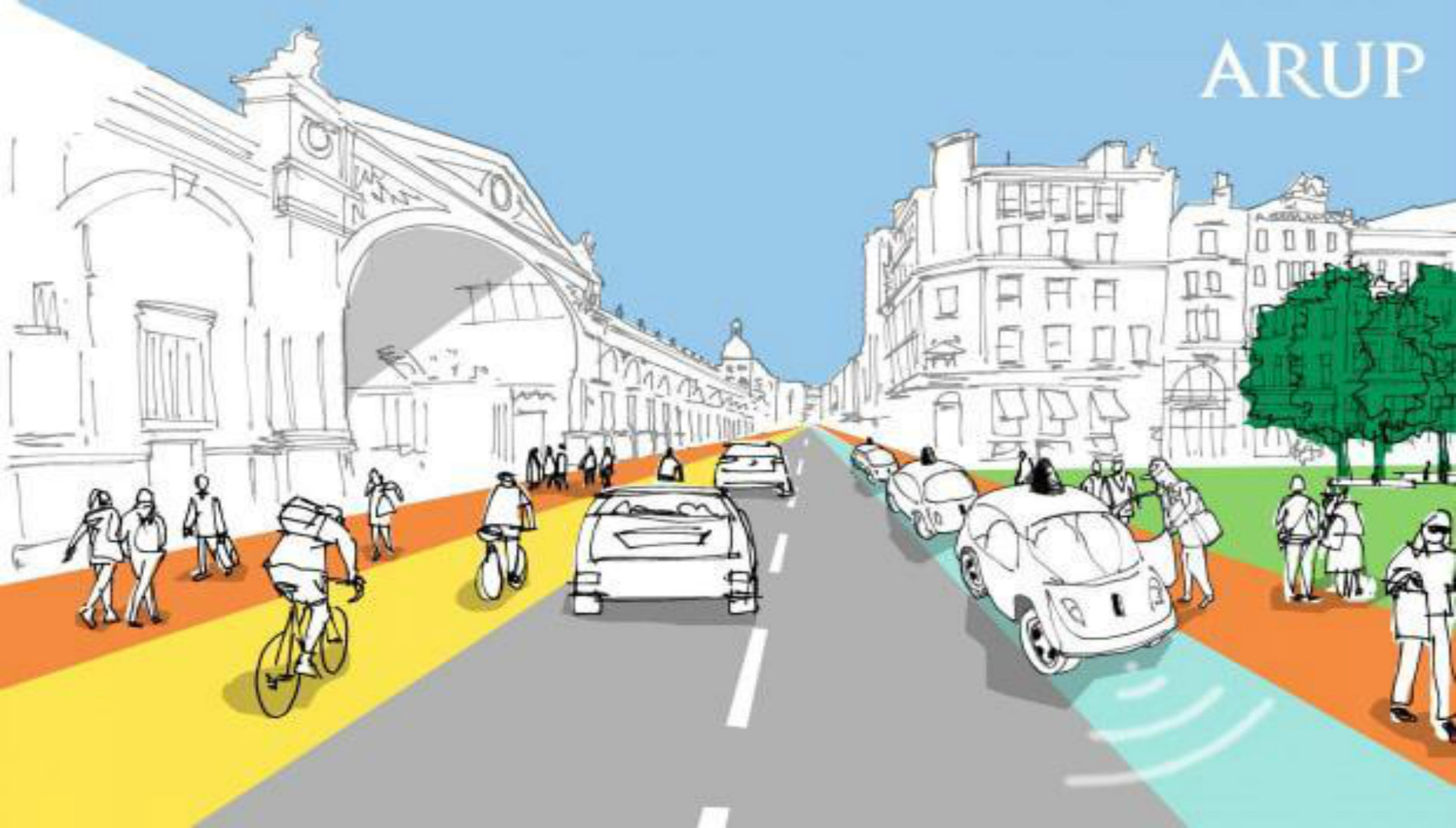In the future, things spring to mind like flying cars and talking robots assisting us hand and foot, but did we think about pavements changing size and shape? Welcome to the world which introduces smart pavements!
Who developed smart pavements and how does it work?
The idea of smart pavements originated and was created by engineering and design firm Arup. Arup are an independent firm of designers, engineers, architects, planners, consultants and technical specialists who work across every aspect of today’s built environment; with their most-important focus being to shape a better world.
The system is planned to be monitored by real-time traffic data from smart cameras and sensors, which enables those running it to alter a road’s use depending on the need required to be met.
The idea of smart pavements originated and was created by engineering and design firm Arup. Arup are an independent firm of designers, engineers, architects, planners, consultants and technical specialists who work across every aspect of today’s built environment; with their most-important focus being to shape a better world.
The system is planned to be monitored by real-time traffic data from smart cameras and sensors, which enables those running it to alter a road’s use depending on the need required to be met.

FlexKerbs could also be able to allow kerb sides with fixed features such as double yellow lines, parking bays or bus stops to become more flexible – turning them into cycle paths or extra lanes for cars.
How the system is planned to function:
If red? The kerbside should be used by pedestrians.
If green? For car usages.
If blue? Indicates the availability of a cycle lane.
If purple? Can inform couriers and delivery drivers that the roadside is available for use as a loading bay.
What is the benefit of smart pavements?
The FlexKerb system has been introduced to benefit traffic and pedestrian needs, by doing so they use colour-changing LEDs embedded in roadside surfaces to alter their functions.
Whilst it additionally has the potential to reduce emissions and make an ideal environment for autonomous cars in the future. As its network can remotely control and coordinate all the WiFi enabled self-driving cars within the area.
To conclude, we feel that smart pavements would be beneficial for the UK roads, enabling us a better driving experience as roads are being used effectively and more efficiently by catering to all different types of road users.
For more CarCliq News, click here.
For more about Autonomous Emergency Braking, click here.
How the system is planned to function:
If red? The kerbside should be used by pedestrians.
If green? For car usages.
If blue? Indicates the availability of a cycle lane.
If purple? Can inform couriers and delivery drivers that the roadside is available for use as a loading bay.
What is the benefit of smart pavements?
The FlexKerb system has been introduced to benefit traffic and pedestrian needs, by doing so they use colour-changing LEDs embedded in roadside surfaces to alter their functions.
Whilst it additionally has the potential to reduce emissions and make an ideal environment for autonomous cars in the future. As its network can remotely control and coordinate all the WiFi enabled self-driving cars within the area.
To conclude, we feel that smart pavements would be beneficial for the UK roads, enabling us a better driving experience as roads are being used effectively and more efficiently by catering to all different types of road users.
For more CarCliq News, click here.
For more about Autonomous Emergency Braking, click here.